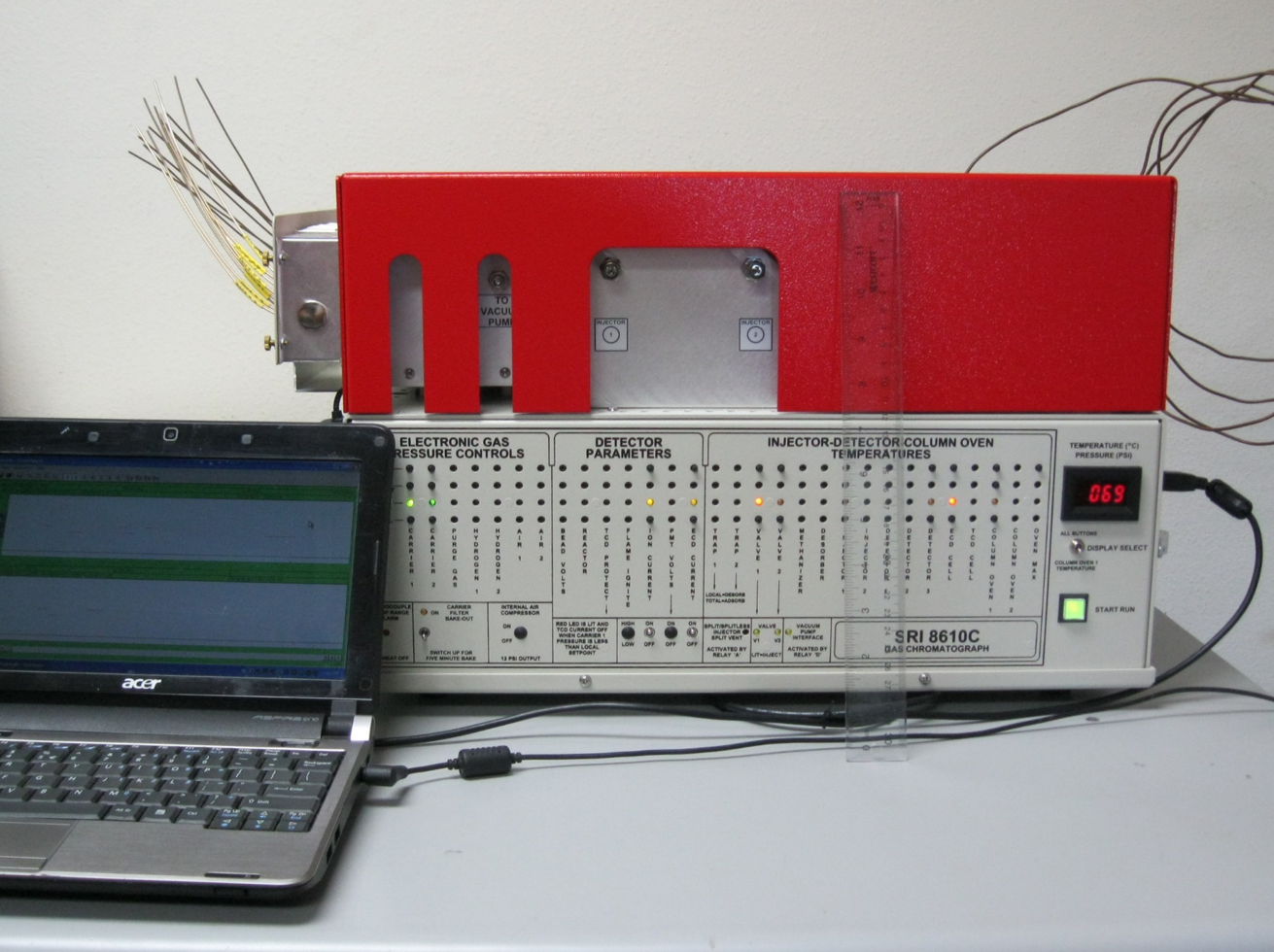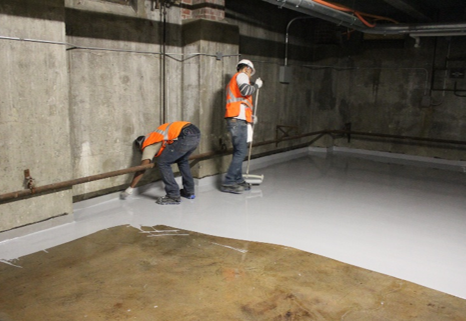Vapor intrusion is challenging to characterize for a multitude of reasons. For example, many cases involve indoor background sources, preferential subsurface migration pathways, shallow subsurface and indoor concentration dynamics, or limitations associated with manual monitoring. Typically, canisters and passive diffusion samplers are used to measure and monitor potential vapor intrusion exposures. Unfortunately, these types of samplers don’t provide sufficient temporal or spatial resolution in dynamic settings. As a result, this method has a propensity to yield false-negative and false-positive results. In addition, the time required to obtain a result is longer than the acute TCE exposure duration of concern, so these options can result in unhealthy exposures and liabilities.
Thanks to technological advances, continuous monitoring platforms are now being used to characterize and monitor vapor intrusion. These platforms are made of multiplexed lab grade analytical components with quality control features to automatically generate geospatial time stamped renderings and time weighted averages through a cloud-based management platform. Continuous monitoring platforms provide auto alerts and responses within one minute of the threshold exceedance detection. Further, these platforms provide superior temporal and spatial resolution based on high frequency repeat analyses from strategic monitoring locations, resulting in an optimized remediation design and unequivocal mitigation system performance confirmation. Blower and HVAC controls can also be engaged automatically when needed.

Until a few years ago, cost and instrumentation limitations rendered continuous monitoring systems impractical. Automation and multiplexing now make it possible to perform rapid, cost-effective and continuous assessment and response with a single instrument. For example, a cost comparison analysis of a series of common monitoring scenarios showed that continuous monitoring platforms were cost-competitive when 5 or more locations were being monitored (read the full article here). Automated response capabilities also provide for acute TCE risk prevention, which is not possible with any other monitoring method.
Regulatory support for these platforms has enabled property owners and their consultants to more accurately address potential liabilities, reduce unnecessary remediation costs, produce more effective and surgical remediation strategies, and allow practitioners to most effectively evaluate remediation system performance. More specifically, continuous monitoring allows practitioners to quickly (within a day or two) determine whether vapor intrusion is an issue, and if so, to identify the vapor entry location(s). Once mitigation has been engaged, continuous monitoring is used to confirm that risk reduction objectives have been met. When aggressive remedies such as thermal remediation and oxidation are employed, continuous monitoring is used to assure all stakeholders that fugitive emissions are managed appropriately and to inform site managers when system adjustments are required.

“Any project manager considering using in-situ thermal heating would be well advised to use continuous real-time monitoring of the rapidly changing emission scenario. We have been able to anticipate and correct problems before the concentration levels became acute, which has saved time, money and energy.” – EPA Project Manager
It is clear that many of the difficulties associated with characterizing and managing vapor intrusion can be eliminated with continuous monitoring and response. These systems should therefore be considered by industry practitioners as a cost-effective and viable method for quickly resolving vapor intrusion challenges.

